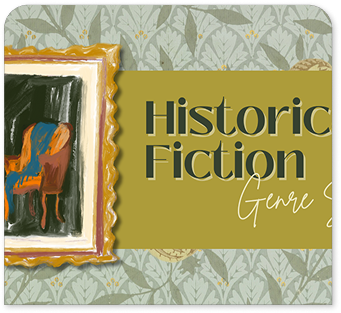-
Mon-Fri: 10AM to 8PM 01722665665
-
My Account
-
-
0
Total :
₹ 0.00

The four thematic explorations covered in this textbook are: "Through the Eyes of Travellers", "Bhakti-Sufi Traditions", "An Imperial Capital: Vijayanagara", and "Peasants, Zamindars, and the State".
The time period covered in this textbook is from the 10th to the 18th century.
This textbook includes stories, illustrations, primary sources, and end-of-chapter exercises that make history come alive.
This textbook includes end-of-chapter exercises and questions that will help you assess your understanding and prepare for your exams.
This textbook is suitable for both self-study and classroom learning.
This textbook helps students connect deeply with India's rich historical narrative, fosters critical thinking and analysis, and provides a comprehensive guide to understanding history.
You can access the solutions to the exercises and questions in this textbook through online resources or through the NCERT website.
The "Through the Eyes of Travellers" chapter includes stories from three travelers who visited India in the 11th century, including Al-Biruni of Uzbekistan, Moroccan Ibn Battuta, and Frenchman François Bernier.
The "Bhakti-Sufi Traditions" chapter helps students understand the origins of religious texts, changes made to them over time, and how these changes impacted Indian society.
The "An Imperial Capital Vijayanagara" chapter provides an in-depth look at the Vijayanagara Empire, its rise and influence, architectural marvels, cultural advancements, and political strategies.
No Description Added
The four thematic explorations covered in this textbook are: "Through the Eyes of Travellers", "Bhakti-Sufi Traditions", "An Imperial Capital: Vijayanagara", and "Peasants, Zamindars, and the State".
The time period covered in this textbook is from the 10th to the 18th century.
This textbook includes stories, illustrations, primary sources, and end-of-chapter exercises that make history come alive.
This textbook includes end-of-chapter exercises and questions that will help you assess your understanding and prepare for your exams.
This textbook is suitable for both self-study and classroom learning.
This textbook helps students connect deeply with India's rich historical narrative, fosters critical thinking and analysis, and provides a comprehensive guide to understanding history.
You can access the solutions to the exercises and questions in this textbook through online resources or through the NCERT website.
The "Through the Eyes of Travellers" chapter includes stories from three travelers who visited India in the 11th century, including Al-Biruni of Uzbekistan, Moroccan Ibn Battuta, and Frenchman François Bernier.
The "Bhakti-Sufi Traditions" chapter helps students understand the origins of religious texts, changes made to them over time, and how these changes impacted Indian society.
The "An Imperial Capital Vijayanagara" chapter provides an in-depth look at the Vijayanagara Empire, its rise and influence, architectural marvels, cultural advancements, and political strategies.


